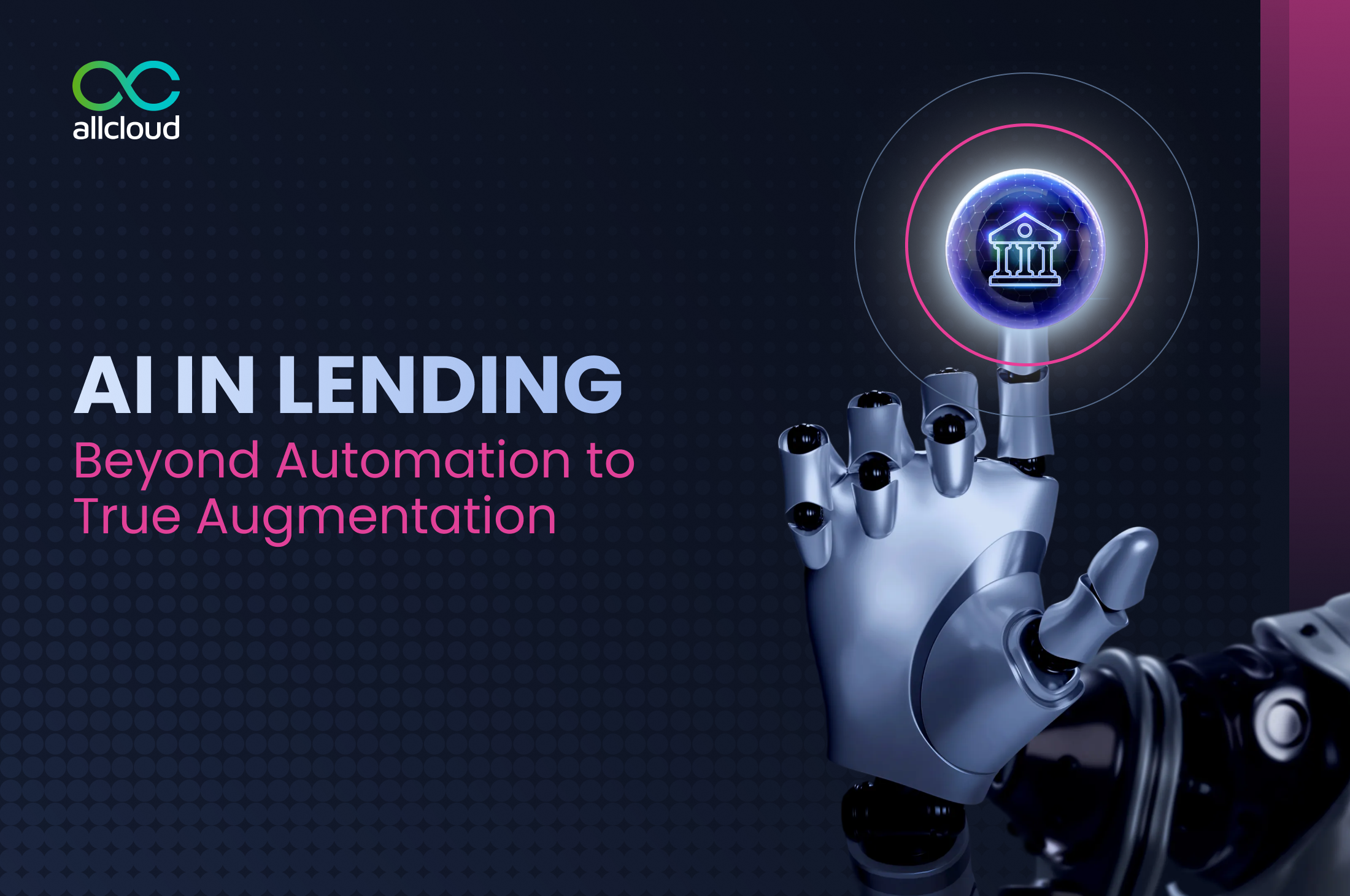Credit Meets Connectivity: The Power of Network Effects in Modern Lending
Get In Touch

Heading 1
Heading 2
Heading 3
Heading 4
Heading 5
Heading 6
Lorem ipsum dolor sit amet, consectetur adipiscing elit, sed do eiusmod tempor incididunt ut labore et dolore magna aliqua. Ut enim ad minim veniam, quis nostrud exercitation ullamco laboris nisi ut aliquip ex ea commodo consequat. Duis aute irure dolor in reprehenderit in voluptate velit esse cillum dolore eu fugiat nulla pariatur.
Block quote
Ordered list
- Item 1
- Item 2
- Item 3
Unordered list
- Item A
- Item B
- Item C
Bold text
Emphasis
Superscript
Subscript
In the platform economy, scale isn’t just about numbers—it’s about intelligence. As more users interact on a platform, the system doesn’t just grow in size, it evolves in capability. This is what Platform Revolution refers to as the network effect—a powerful force that makes platforms smarter, faster, and more resilient with every new user.
In the context of lending, this isn’t just a theoretical idea. For lenders—especially fintech's, NBFCs, and digital platforms—the network effect holds the key to unlocking better credit decisions, personalized loan products, and efficient collections.
The more your ecosystem grows—borrowers, merchants, co-lending partners, collections agents, payment gateways—the better your lending engine performs.
Let’s break down why and how this works.
Understanding the Network Effect in Lending
The classic definition of network effects comes from companies like Facebook, Uber, and Airbnb: the more users join, the more value each individual user receives. In lending, this plays out across two sides:
- Supply Side: Lenders, banks, NBFCs, co-lending partners, and capital providers
- Demand Side: Borrowers—consumers, MSMEs, self-employed individuals, merchants
A lending platform that connects both sides doesn’t just act as a facilitator—it becomes a learning system. Every transaction, repayment, default, or inquiry adds a data point that can improve credit underwriting, pricing strategies, fraud detection, and even customer segmentation.

More Borrowers = Better Data
Traditionally, lenders judged borrowers based on credit scores, bank statements, and income proofs. But these are often insufficient—especially in India’s vast semi-formal economy where credit history is thin or non-existent.
When more borrowers interact with your lending platform, you gain:
- Behavioral data: App usage patterns, repayment timing, click-throughs on reminders
- Transactional data: Wallet recharges, invoice payments, UPI logs
- Contextual data: Geography, business seasonality, time of day of credit use
With every additional borrower, your underwriting engine becomes smarter. You can move from rules-based lending to machine-learning-driven risk models that adapt to segment-specific behavior.
Example: An NBFC may discover that merchants in Gujarat’s textile sector have a seasonal repayment dip in January–February. With enough borrower data, the platform can build this into its credit logic or auto-rescheduling engine.
More Co-Lending Partners = Better Structuring & Reach
The supply side of the lending ecosystem—banks, NBFCs, and fintech's—also contributes to the network effect. In a co-lending model, multiple lenders participate in the same loan, typically splitting risk and returns.
With more partners on your platform, you get:
- Dynamic capital allocation: Different lenders can underwrite based on their risk appetites or sector preferences
- Product diversification: One lender may prefer short-term working capital, while another backs long-tenure asset loans
- Improved approval rates: With multiple credit boxes evaluating a borrower, the chances of approval rise
Over time, the platform can match borrowers to the most suitable lender automatically—much like how Uber matches drivers based on proximity and profile. This is intelligent matchmaking at scale, powered by the network.
Merchants & Embedded Data = Real-Time Risk Insights
A growing number of lending platforms are now embedding credit into merchant ecosystems—ecommerce, logistics, POS, and ERP platforms. This creates a triple-layered benefit:
- Real-time data: Sales, inventory turnover, returns, and cash flow patterns
- Risk reduction: Dynamic risk assessment based on live business performance
- Borrower stickiness: When the loan is deeply integrated into the merchant’s daily workflow (e.g., auto stock replenishment), the repayment discipline improves
As more merchants join the ecosystem, lenders gain access to non-traditional yet highly predictive data points, such as:
- Drop in monthly revenue
- Inventory pile-ups
- Payment delays to vendors
These can trigger early warning signals for collections or automated top-up offers for businesses showing strong growth.
Smarter Collections Through Data Loops
Collections, often seen as a post-loan activity, can also benefit from network effects.
When thousands of borrowers interact with your repayment channels, your system learns:
- Which reminder formats work best
- What time of day gets the highest payment conversion
- What incentives (cashback, micro-discounts) improve on-time EMI rates
With enough data, you can segment borrowers into nudging personas—some may respond to UPI pings, others to SMS-based reminders in vernacular, and some to call-center follow-ups. The more repayment behavior our platform captures, the better your collections strategy can adapt, making recovery smarter—not harder.
Platform Intelligence Compounds Over Time
The true beauty of a networked lending platform lies in compounding value:
- A new borrower doesn't just bring their loan history—they bring insights that improve the model for the next 10,000 borrowers.
- A new lender improves disbursal possibilities for the entire user base, not just their own pipeline.
- A new ecosystem partner (POS, GST app, accounting software) adds a stream of real-time data that can feed into alternate credit scoring.
The result? A self-improving engine that sharpens every aspect of lending—from product to pricing, disbursal to default.


.png)




